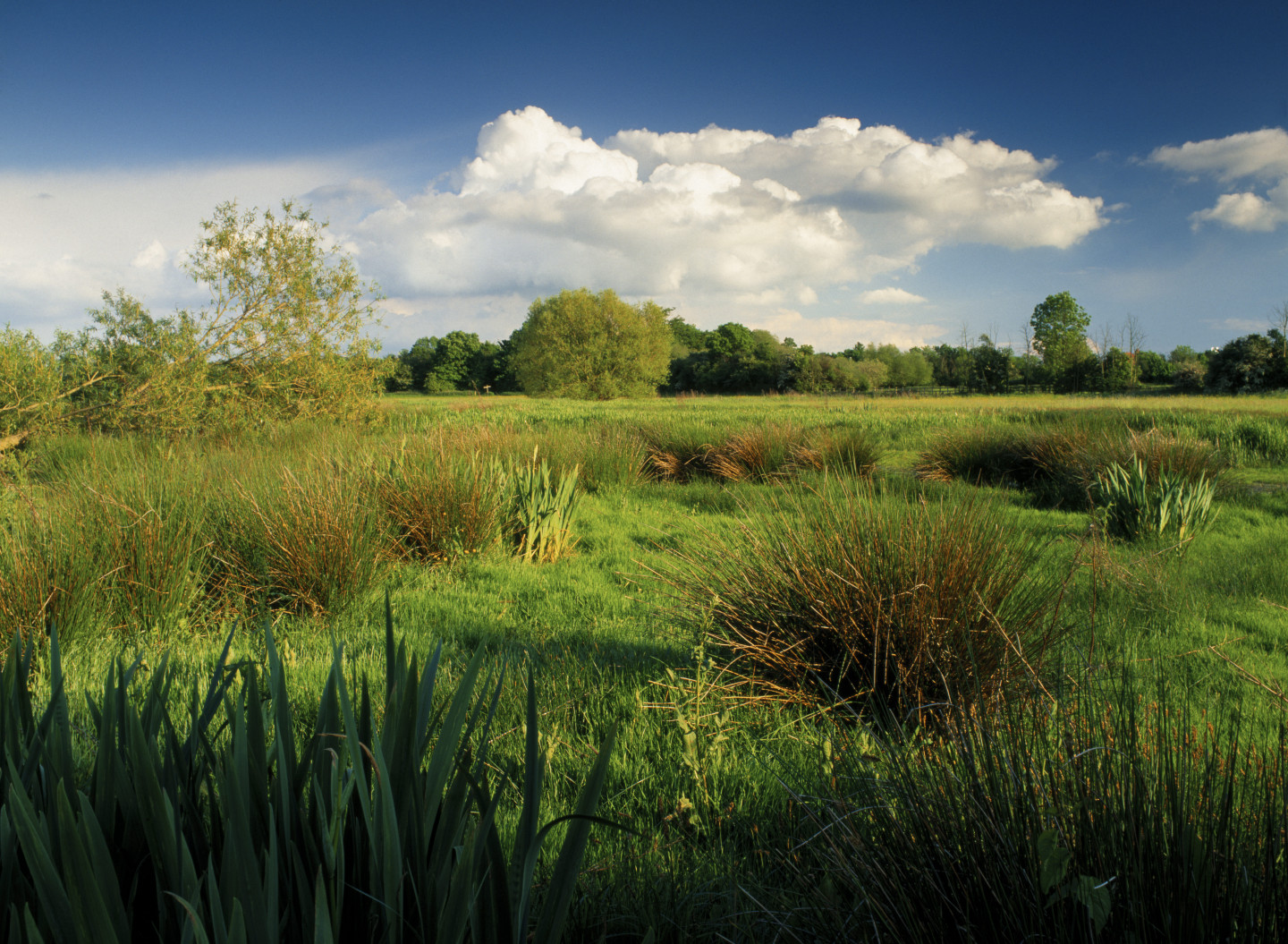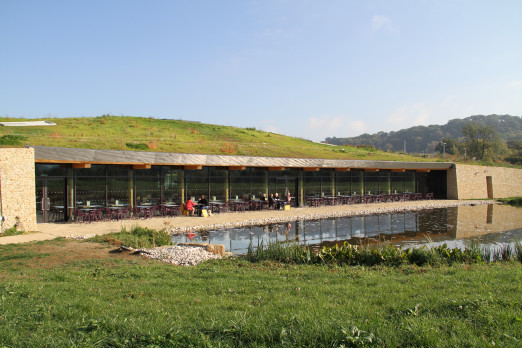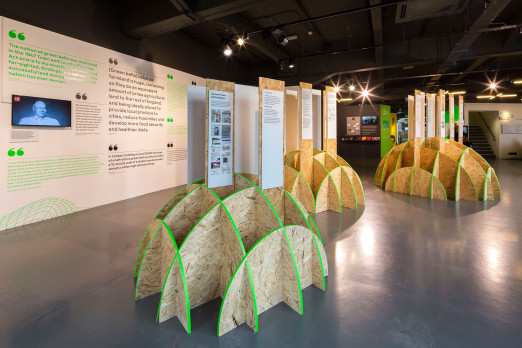The National Trust was founded in 1895 by three people who saw the importance of the nation’s heritage and open spaces. They wanted to preserve them forever for everyone. High on their list of priorities was saving green space close to cities for urban dwellers to enjoy. Since then the Trust has had an important role in helping create the Green Belt.
The Trust has many sites in the Green Belt, often areas of land gifted or acquired specifically to protect a view and prevent sprawl. Multiple land lobbying groups and philanthropists supported and helped drive the early years of the Green Belt, with the National Trust being a secure guardian of their efforts. The mysterious ‘Ferguson’s Gang’, a group of activist women, raised large sums in the 1930s in order to fund the purchase of key sites by the Trust.
Petts Wood in south-east London is an example of an area of land gifted to the National Trust in 1931 to prevent sprawl, the woodland being acquired as a result of public donations. Land south of Birmingham and Manchester was also donated to the Trust to keep it away from developers and preserve views.
One of the most historic areas of land, Runnymede on
the Thames, was only narrowly saved from sprawl by the Trust. In 1929 Lady Fairhaven bought the 76 hectares of the meadows to preserve Runnymede in its open and natural state, in memory of her late husband. She and her sons then gifted the site to the National Trust, which meant that the place where Magna Carta was signed could be protected forever.
As custodian of one per cent of all Green Belt land and an organisation whose founders were passionate about preserving open spaces for urban dwellers to enjoy, the voice of Europe’s largest voluntary conservation body may well be heard again in the fight over the future of the Green Belt.




